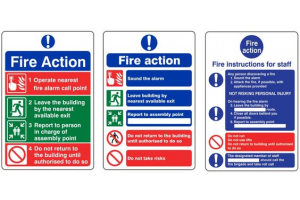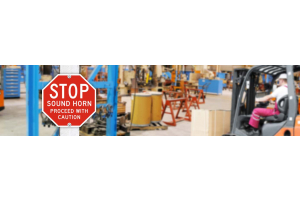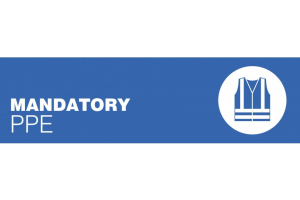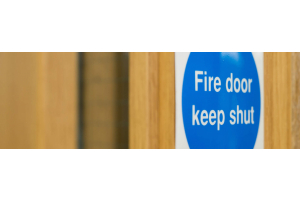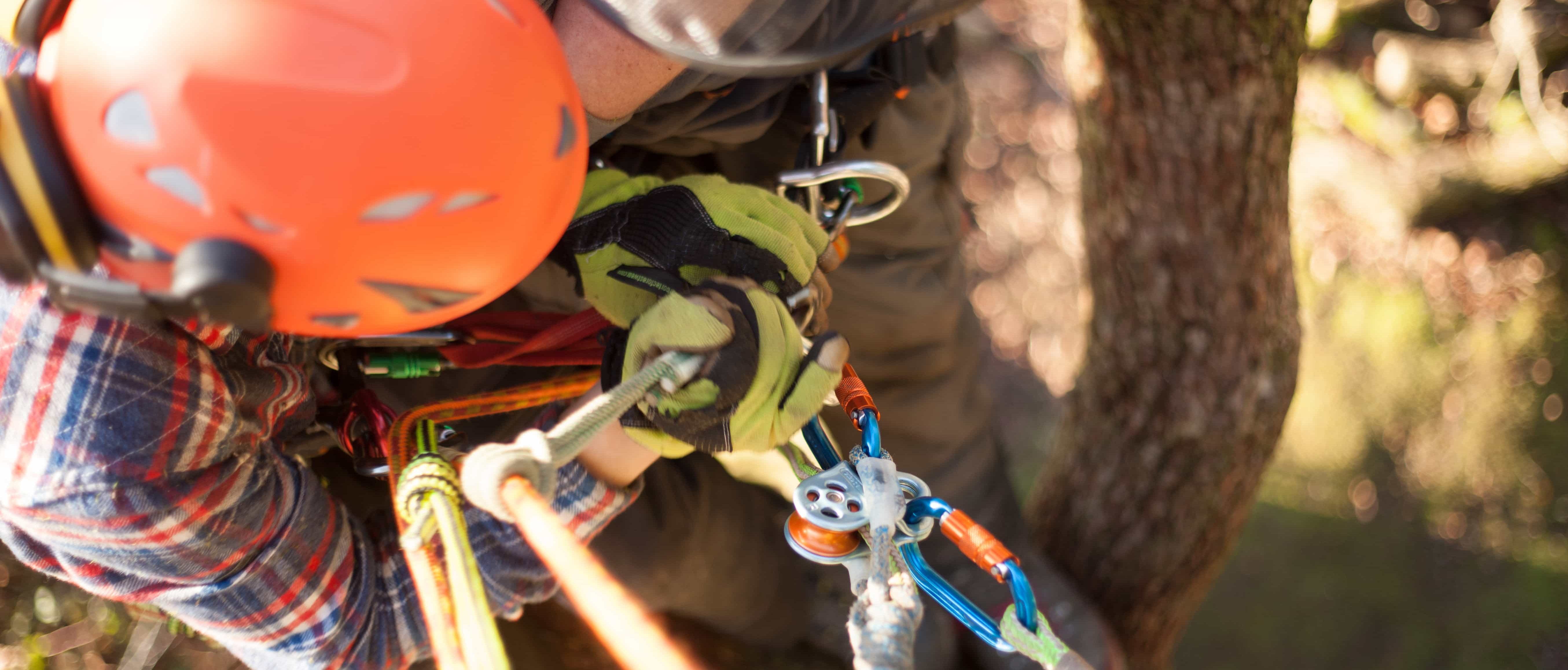
The Rescue Operation
This article covers the safe working practices to be used by those involved in aerial tree rescue, a minimum of two people should be present during all tree-climbing operations. One of the ground team must be available, competent and equipped to perform an aerial rescue without delay. Ensure a designated and responsible person knows the daily work programme and agree with them a suitable contact procedure. Where reasonably practicable, use a two-way radio or mobile phone and a pre-arranged call-in system. This is particularly important for remote sites where a check on the operator’s safety is important.
Before the rescue
The worksite As part of the risk assessment, the worksite and planned operation must be evaluated to establish the necessary emergency procedures for recovery and evacuation of casualties. All operators on site should have received adequate instruction and information and be trained in these procedures. When an injured climber needs rescuing, ensure all possible precautions are taken to safeguard other members of the work team and any other people entering or approaching the worksite. If overhead cables are involved, do not approach the work area. Stop work, assess the situation and contact the relevant electricity company. Ensure no unauthorised people are within the work area. The casualty The casualty’s condition must be assessed. If necessary, call for the emergency services before starting the rescue, making sure you give appropriate information about the location of the site and any particular access problems. You will need to provide personal details about the casualty (names and any relevant medical history etc), as well as the approximate time of the accident, treatment given and any chemicals involved. Rescue equipment The following rescue equipment needs to be available at the work-site:
- A suitable climber’s harness and associated equipment, eg ropes, strops, karabiners or any other equipment that the rescuer is familiar with to help their rescue technique.
- Other items of equipment necessary for a rescuer to climb effectively, eg a ladder, climbing irons, ascenders or descenders.
- A sharp knife with a retractable blade for cutting ropes etc. There is a risk of recoil when cutting ropes under tension, or cutting the wrong rope, as well as cut injuries to the rescuer or casualty. Consider other techniques for removing a casualty from a tensioned line. Send for any additional rescue equipment that becomes necessary but is not available at the rescue site. If appropriate, other people in the vicinity may be directed to provide help.
The rescue
Helping the casualty
Reassure the casualty and encourage self-help whenever possible. Select a rescue method that does not put the rescuer at risk and minimises the risk of further injury to the casualty. Only trained operators should use equipment such as mobile elevated work platforms and cranes for an aerial tree rescue. Climbing to the casualty Select an efficient method of climbing the tree to reach the casualty as quickly as possible.
If specialised climbing aids are available and rescue personnel are trained in their use, use them to speed up access to the casualty. Take account of hazards such as severed, broken or hanging branches, or the casualty’s equipment, that may create a risk.
Assess the tree(s) and select appropriate equipment to remove parts of the tree(s) that would impede the rescue operation. Other operators may do this if needed. Use other personnel, if available, to prepare the equipment ready for use in the tree(s). Make the area safe from immediate hazards as soon as possible. Assess the casualty’s condition and prioritise first-aid treatment. In some cases, especially those involving fracture, crush or possible spinal injury, only move the casualty under medical supervision (eg a paramedic or the ambulance service).
Descending with the casualty
The rescuer needs to maintain close contact with the casualty to monitor changes in condition and to calm and control them if necessary. Rescuers should be properly anchored at all times to ensure their own safety throughout the rescue operation. Anchor points must be selected to ensure they are capable of taking the anticipated loads during the rescue. The rescuer and casualty need to descend together to ease movement through the branches and to monitor the casualty’s condition. Densely branched trees may require alternative methods of rescue. Obstacles on the ground may dictate the most suitable method.
Completing the rescue
Continue to help the casualty under the direction of paramedics until the casualty is transported from the site. Ensure the site is safe and secure before all personnel leave. Note the contact details of any witnesses. Where possible, take photographs of the site. Do not use any of the equipment involved in the incident until it has been thoroughly examined by a competent person. Notify management of the incident and record the occurrence in the accident book.
